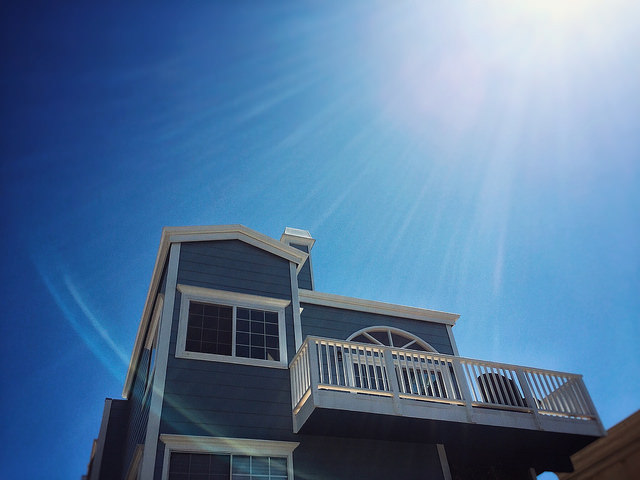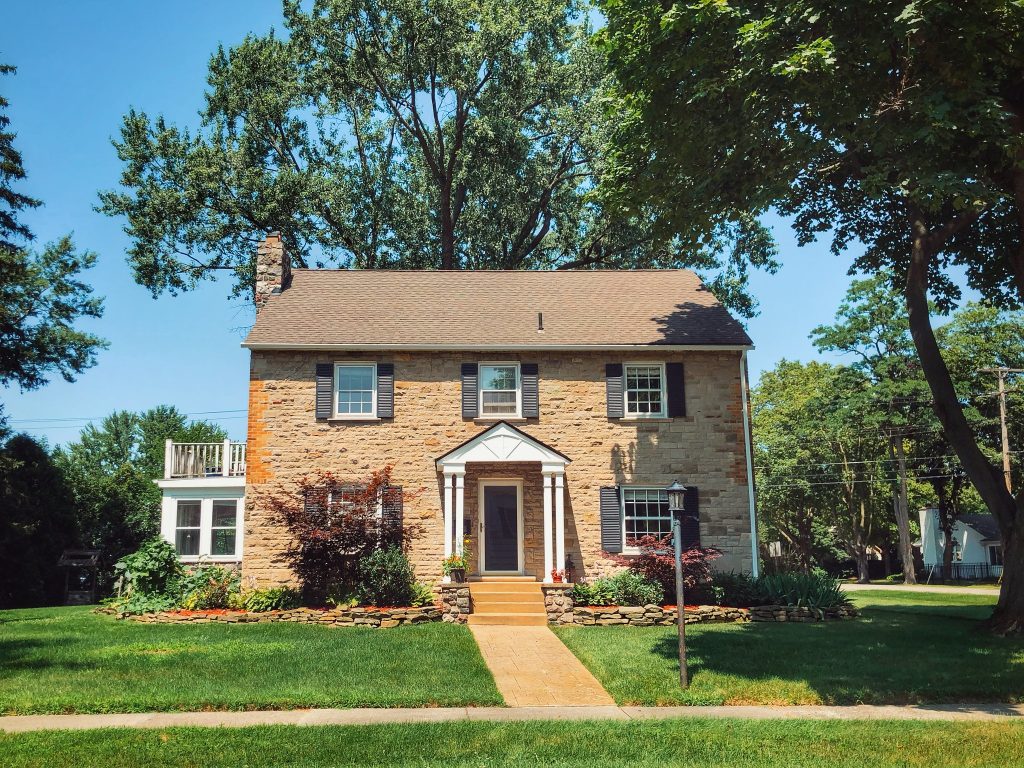Home prices average about a 4.25 percent increase per year, if you look at data going back to 1967. That means, historically speaking, any given home should expect to gain somewhere between 4 and 5 percent in value each year. More recently, though, prices have been increasing faster than that. In fact, the average annual increase since 2012 is more than 7 percent and, in the years since the pandemic, it climbed closer to 9 percent – with some areas seeing double-digit year-over-year increases. Mostly, that’s due to the inventory of homes for sale, which remained lower than normal for much of the past decade. Things, however, are changing. Inventory has rebounded significantly and, according to Fannie Mae’s Q2 2025 Home Price Expectations Survey – which collects the price forecasts of more than 100 housing experts, slower growth is on the horizon. The panel says, after gaining 5.3 percent year-over-year in 2024, home prices are expected to increase 2.9 percent this year and an additional 2.8 percent in 2026. (source)













